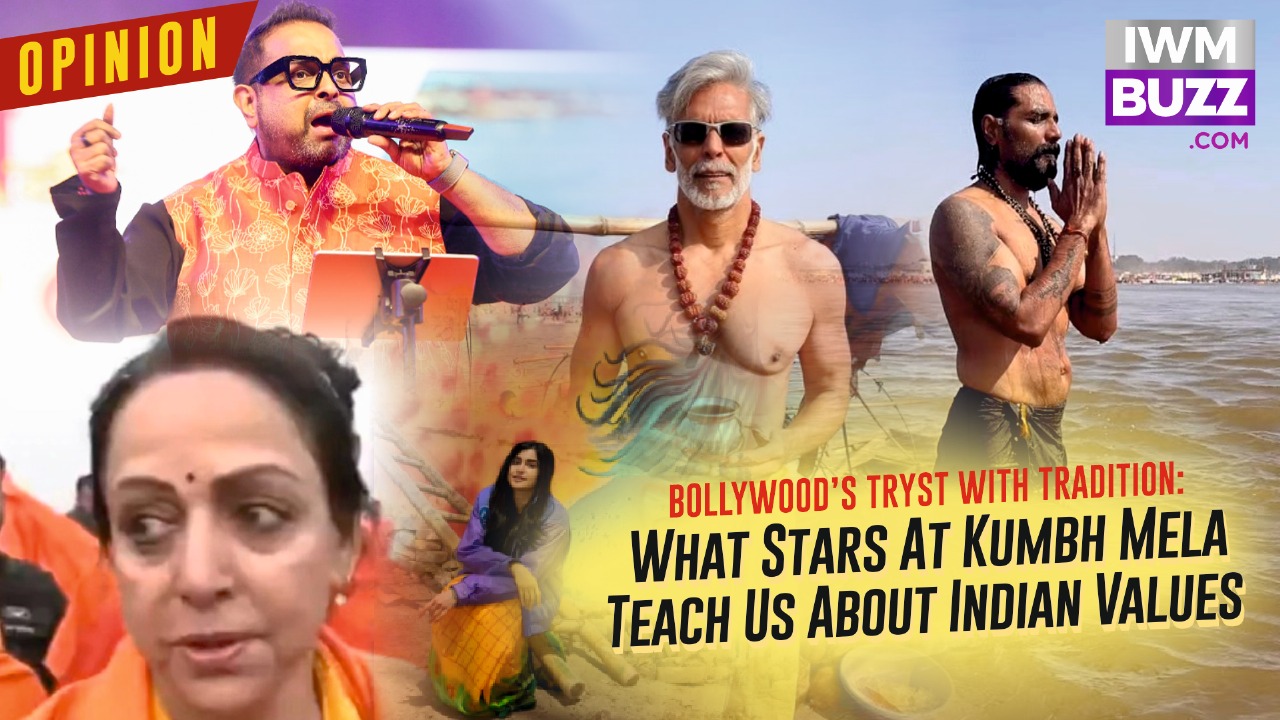Keeping the political brain aside, it is to say Kumbh Mela isn’t just about Hindus but also India. Almost a celebration of the ‘being’ of ‘India.’
Not pin-pointing religion here as it makes everything concentrated and not infinite. Apparently, Kumbh Mela is infinite! Hailing since eternity, embracing ‘humans’ all across the borders.
For aeons, Kumbh Mela has been relevant and has churned impromptu renaissance. Tracing back to the time of the Chinese scholar, Hiuen Tsang, who came to India during the reign of Harashavardhana, mentioned about the Mela and Prayagraj in his book, ‘Si-Yu-Ki’. It stated that Prayagraj held immense cultural significance, serving as a revered gathering place where kings and rulers from across the country convened to celebrate religious festivals and extend generous donations to the community. Surpassing that, if we pick British Raj, Kumbh Mela took a nationalistic turn with several devotees gathering, instilling fear among the authorities (The British). In 1942, the British authorities prohibited pilgrims from attending the Kumbh Mela, citing the threat of a Japanese attack. However, many historians suggest that this was merely a pretext, and the real reason lay in their efforts to suppress the growing influence of the ‘Quit India Movement.’
The origins of Kumbh Mela are deeply rooted in Hindu mythology, tracing back to the legendary Samudra Manthan—the cosmic churning of the ocean by gods and demons in their pursuit of the elixir of immortality. According to tradition, droplets of this sacred nectar (amrita) fell upon four sites, which today serve as the revered locations of the Kumbh Mela. This divine connection inspires millions of pilgrims to gather at these holy rivers, partaking in ritualistic baths to attain spiritual purification and divine grace. Held at four sacred riverbanks—Prayagraj, Haridwar, Ujjain, and Nashik—this centuries-old event draws millions, making it the largest human gathering on earth.
The full Kumbh Mela is held every 12 years across four sacred cities, while the Ardh (half) Kumbh Mela takes place midway between two full cycles. Officials have declared the 2025 festival a Maha (Great) Kumbh Mela, a rare event that occurs once every 144 years, elevating its spiritual and cultural significance even further.
Beyond faith and belief, Kumbh Mela is a stage to cultural extravaganza, history and politics. And now with evolution, it lands again very prominent as a medium to connect with the masses. And this time, we just do not see politicians but stars from Bollywood and other spectres visiting Kumbh Mela, initiating the holy dip. Says what? The unpremeditated existence of the cultural significance that the Mela holds profoundly.
And what I see is a reverberation of Indian Values. In whatever way, could we cherish our “roots” is the way that needs to be celebrated. And this time it isn’t just the stars, but one’s instinct that’s drawn to the Mela.
When we see figures like Guru Randhawa, Remo D’Souza, Mamta Kulkarni, and Anupam Kher at the holy event, it’s a reminder that even the brightest stars in India find their grounding in spirituality. For a brief moment, the shimmering lights of cinema fade, and we’re left with a shared experience that transcends fame — the search for inner peace, purity, and connection to something greater than ourselves. Watching these celebrities take a sacred dip or perform in front of millions brings a fresh, contemporary flavour to an age-old tradition. It’s a subtle yet powerful statement that no matter how high we soar in life, the values of devotion, humility, and community remain timeless.
Bollywood’s tryst with the Kumbh teaches us that spirituality isn’t reserved for the distant past or the devout few. It’s something that continues to influence us all, no matter where we stand in life. The stars participating in the Mela remind us that success isn’t just about wealth or recognition; it’s about staying connected to your roots, finding meaning in rituals, and embracing the power of collective consciousness.
It’s this balance between fame and tradition that truly defines the essence of modern India, proving that no matter how fast we move forward, some values remain unshaken.
Kumbh Mela: It’s a show that tells us no matter how high we rise, our roots in faith and community are what truly keep us grounded.

